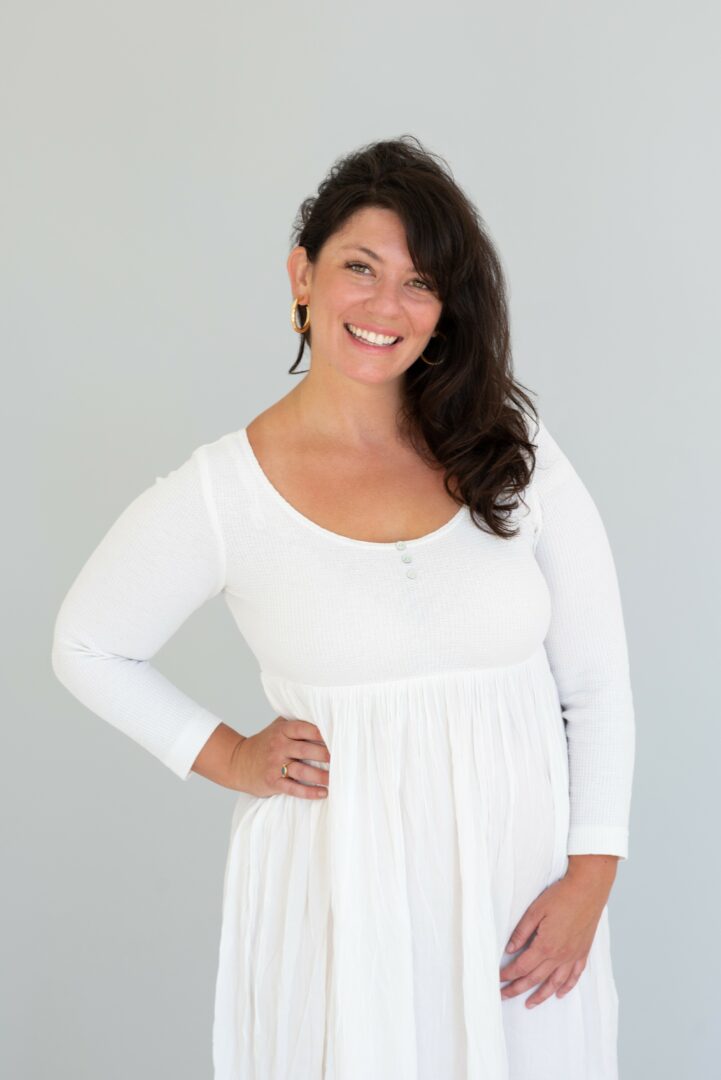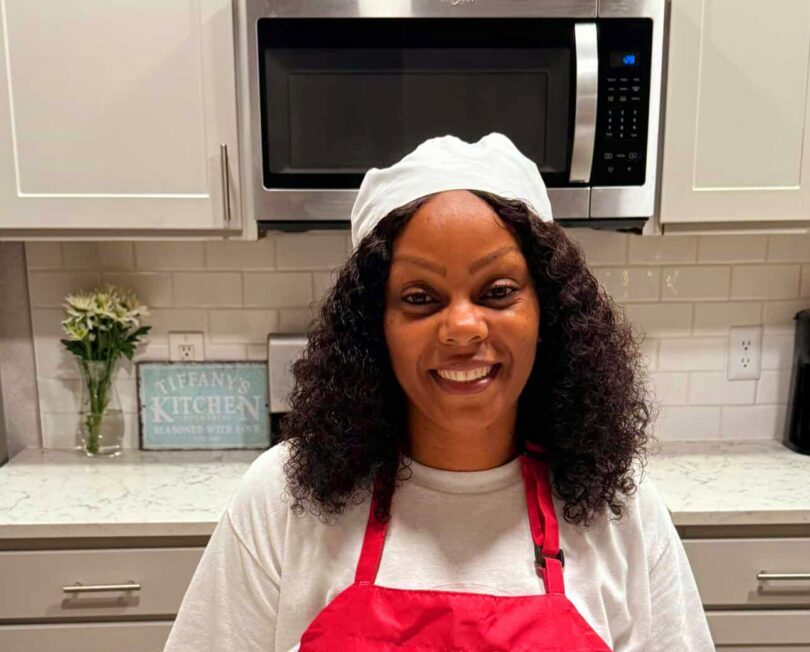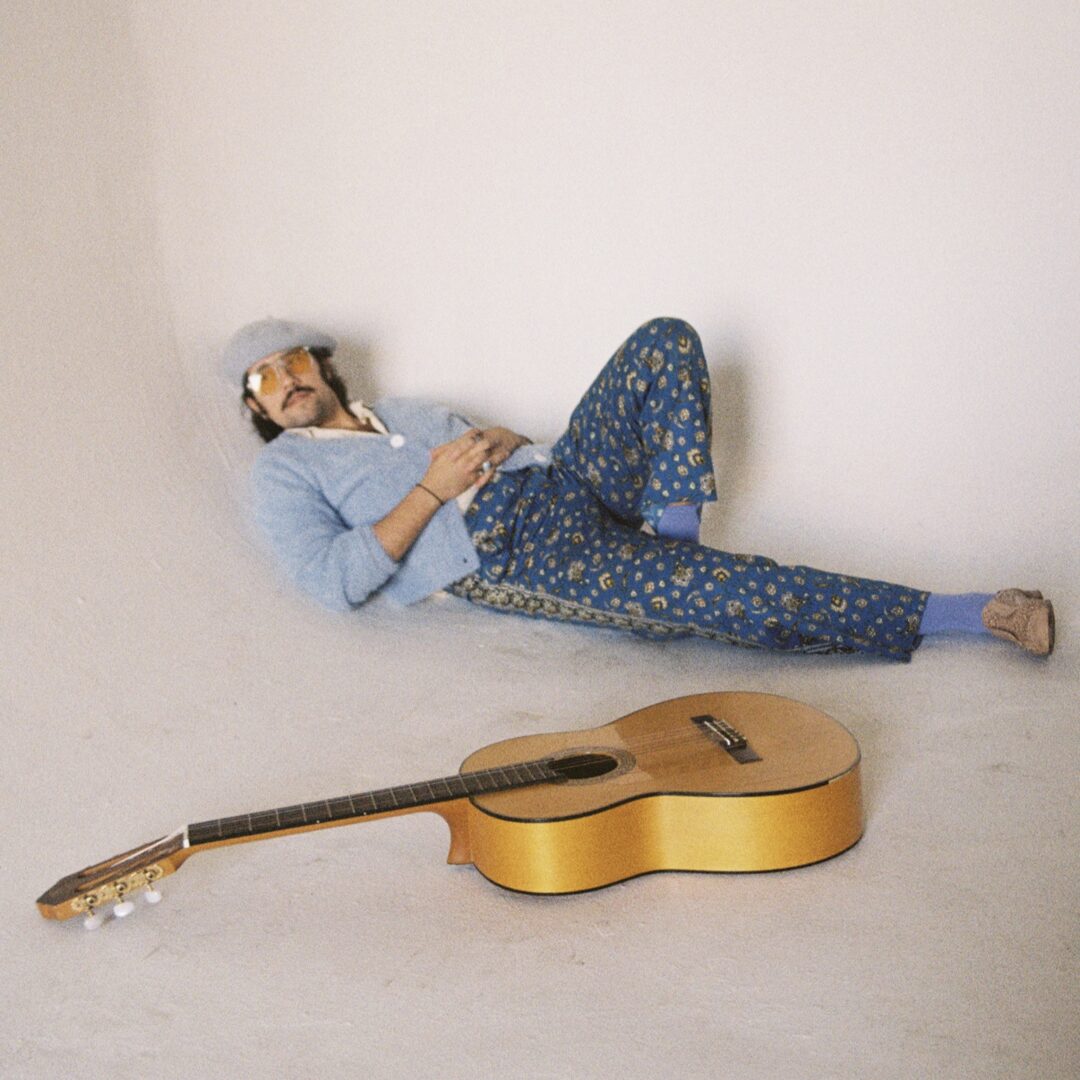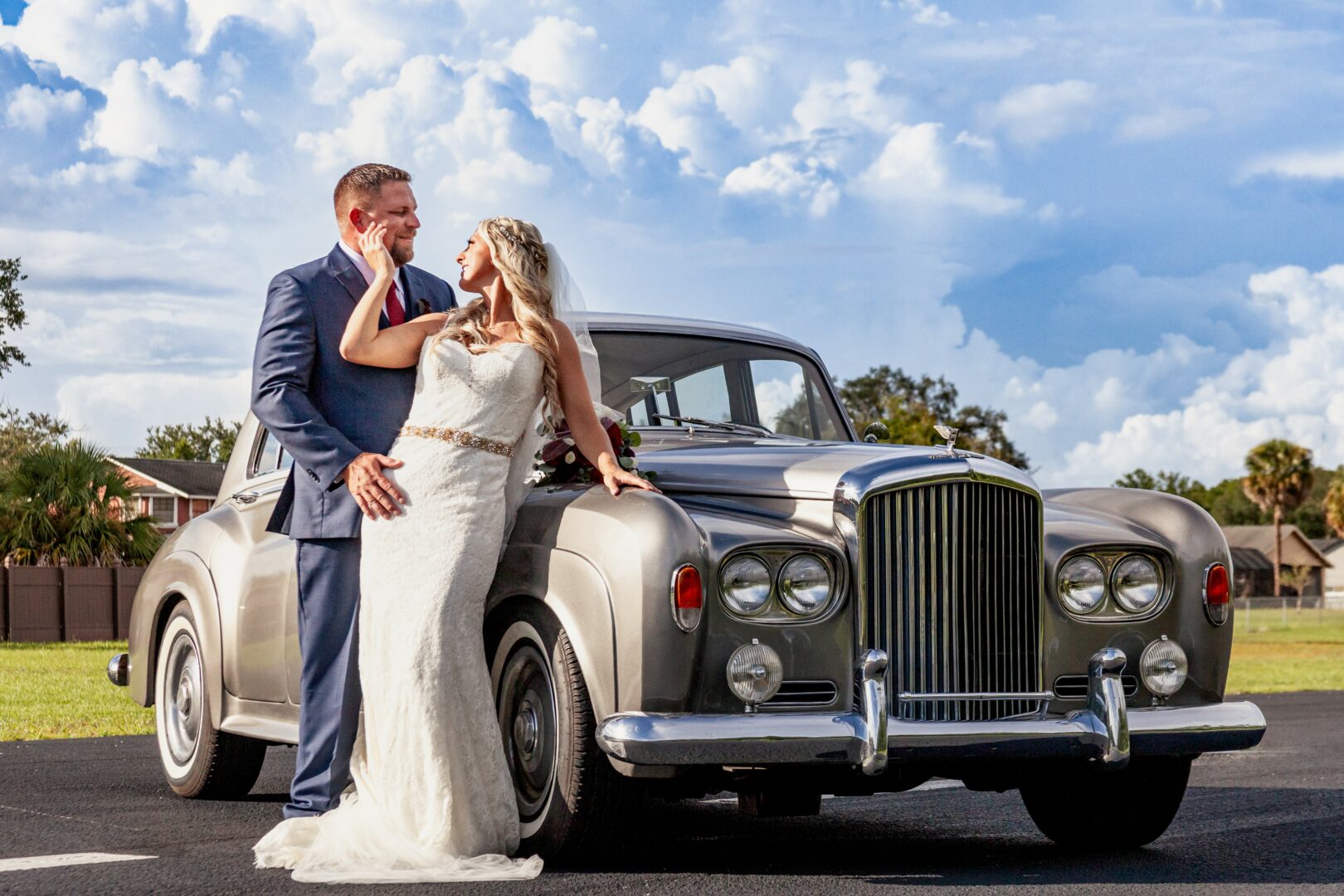We’re excited to introduce you to the always interesting and insightful Shaun-meghan Mcnally. We hope you’ll enjoy our conversation with Shaun-Meghan below.
Hi Shaun-Meghan, so excited to have you with us today and we are really interested in hearing your thoughts about how folks can develop their empathy? In our experience, most folks want to be empathic towards others, but in a world where we are often only surrounded by people who are very similar to us, it can sometimes be a challenge to develop empathy for others who might not be as similar to us. Any thoughts or advice?
What conditions allowed me to develop my empathy? The word “allowed” gives me pause because empathy has never felt like permission granted. From my earliest memories, it was simply there—a weight I carried, natural, undeniable, and sometimes painful. Not to say I was born a saint, but I’ve always felt others’ emotions as if they were my own.
One of my most vivid memories of empathy is from my junior year of high school. In my Law class, I sat next to a husky, sweet, quiet freshman with a crooked smile he was ashamed of. He was on the JV football team. The teacher ruthlessly insulted him, day after day. He was failing the class in every way, from not completing homework to failing tests. He emanated an undeniable sense of hardship. One day the teacher said to him in front of the class, “Why don’t you get off your fat ass, and take a run around the block, and then maybe try to do some homework?”
My stomach shrinks as I see the freshman’s face bright red with embarrassment and shame. This moment was not at all about me… but the shame and the pain of this boy were personally breathtaking. Not beautiful and stunning, but a literal violent theft of breath. My empathy was physical, innate, and animalistic. If I were to guess, it was motherly. I was furious with the teacher. I wish I could recall more clearly if I offered help with homework or words of encouragement, but I remember just being kind to him, and he was relieved by the kindness. His relief stands out in my mind to this day. This memory is a constant reminder that a small act of compassionate kindness can relieve suffering.
I knew that his home life was painful. I do not want to misrepresent the details of his life, but his caretakers were struggling with finances and alcohol, and he had to parent himself and be a child at the same time. Then, an adult teacher, who could have stepped into a supportive role, ripped him to shreds, not just on this occasion but daily. I swallowed tears in class, and then I went home, and I cried and cried. Sure, I offered him help, and he accepted my kindness unspokenly, but I couldn’t replace parental love.
So now, this circles back to conditions that “allowed” me to feel empathy. Sure… I was born “sensitive” or “empathic,” but I also was born into privilege. I have parents who barely drank, who set boundaries, who gave Christmas and birthday gifts, who provided me a home, and who encouraged education, ballet, and exercise. The list goes on—essentially, being provided a safe childhood “allowed” me to be my natural empathic self because I was not forced to harden, compare, or dismiss the suffering of others because my pain felt greater. Yes, I knew pain, but I could go home, cry, think, or pray in my room, and then go to ballet and come home and eat dinner. We all experience pain, suffering, and embarrassment; it is a non-discriminating quality of life. I didn’t realize that empathy and radical compassion would lead me to a career in Yoga and healing arts, but it did. The recognition and recall of another’s pain and knowing their pain as your own fosters ahimsa (non-violence) and compassion. At this point in my life, I am trying to move beyond empathy and embody radical compassion.
A few years after high school, I saw the freshman at a chain restaurant in Massachusetts called Friendly’s. He was the manager in college and had braces. It was one of the happiest moments of my life because he did it primarily by himself.
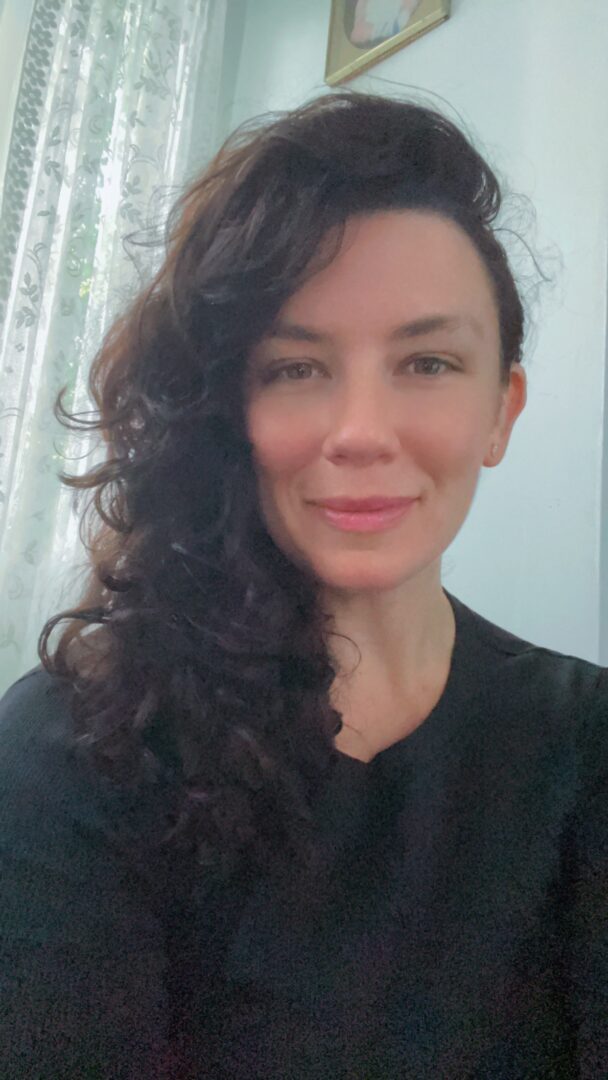
Thanks for sharing that. So, before we get any further into our conversation, can you tell our readers a bit about yourself and what you’re working on?
I grew up in Grafton, Massachusetts, surrounded by nature, family, and adorable pets. My love for Yoga began as an undergraduate at the University of Vermont. As a theatre major, I discovered that combining asana practice with my acting work helped release long-held tensions and imprints or stories that weren’t mine. This physical release led to an indisputable opening of my heart and mind, unlocking my creativity and allowing me to realize my abundance and full potential.
When I moved to Los Angeles, I re-discovered the transformative practices of Yoga and newly discovered Reiki. I have been a passionate practitioner of Yoga since 2007 and Reiki since 2015. Yoga and Reiki have become paths to explore and support social justice, and I’m committed to giving back. I volunteer with Prison Yoga + Meditation, a 501c non-profit, and Homeboy Industries. I know that to experience Yoga, one must provide selfless acts of service.
I refer to myself as a Yoga scholar—not out of pretension but because it genuinely reflects my dedication to this transformative practice. I hold a master’s in Yoga Studies from Loyola Marymount University. My degree from LMU radically changed how I approach and teach Yoga, primarily because of the summer I spent studying in India. Before India, I inadvertently approached Yoga as a physical practice. After India, I approached the practice as a daily experience in my body, whether it be through joy, pain, breathing, or addiction. Yoga became an experience of being, and I aim to offer this experience of “being” when I share the practice. I teach 15 to 18 Yoga classes weekly across Los Angeles. You can find me at Sweat Yoga in Little Tokyo and West Hollywood, The Humbled Body in DTLA, Astro Gong Yoga in Mid-City, and Child’s Pose in Culver City.
Yoga is not a physical fitness routine—it’s a holistic way of life deeply rooted in Indic philosophy and tradition. My classes incorporate sound theory, pranayama (breath expansion), gong, sound, and the study of primary source texts, often translated from Sanskrit, to connect students with the depth and authenticity of Yoga’s origins. I encourage practitioners to treat each practice as a new experience and choose how they apply (or don’t) my offerings. This way, the practice can become meaningful and purposeful.
My love for sharing Yoga inspired me to create a Yoga Alliance-approved 200-hour Yoga Teacher Training program, Āsana & Beyond. Rooted in the philosophy and texts of Classical and Hatha Yoga, this training represents my commitment to authentic practice and teaching. I am overjoyed to announce that Āsana & Beyond will be offered at Child’s Pose from April 4 to June 14, 2025.
This training is designed for those seeking relief from the afflictions of the mind, reclaiming sovereignty, metaphysical awareness, and personal growth. It fosters community and presence in ways modern conveniences (like social media) cannot. I will be joined by co-facilitators who bring unparalleled expertise, including Ph. D.s, direct experience living in India, and decades of teaching.
The program offers an in-depth exploration of Yoga’s traditions and practical applications, covering:
Proto-Yoga and the Vedas
Samkhya Philosophy
Patanjali’s Eightfold Path
Pranayama
Hatha Yoga and Tantra
Anatomy and Physiology
Teaching Methods and Sequencing
Ayurveda
Sound Therapy and Mantra
I encourage anyone with an interest in yoga to check out this training. The only prerequisite is a genuine interest in learning Yoga as a philosophy. Enrollment opens January 6th, 2025, with payment plan options.
If you’re looking for a retreat instead of training, I’m thrilled to share that I’ll co-lead Ascend to Bliss, a soulful, sound healing retreat with Faith Streng in Mount Shasta from March 26-30, 2025. This retreat offers a chance to recharge, connect deeply with yourself, and experience transformative practices like meditation, sound healing, and energy work—all set against the stunning backdrop of Mount Shasta. It’s designed to bring clarity, renewal, and inspiration. For more information, visit my Instagram: @thetribelayoga.
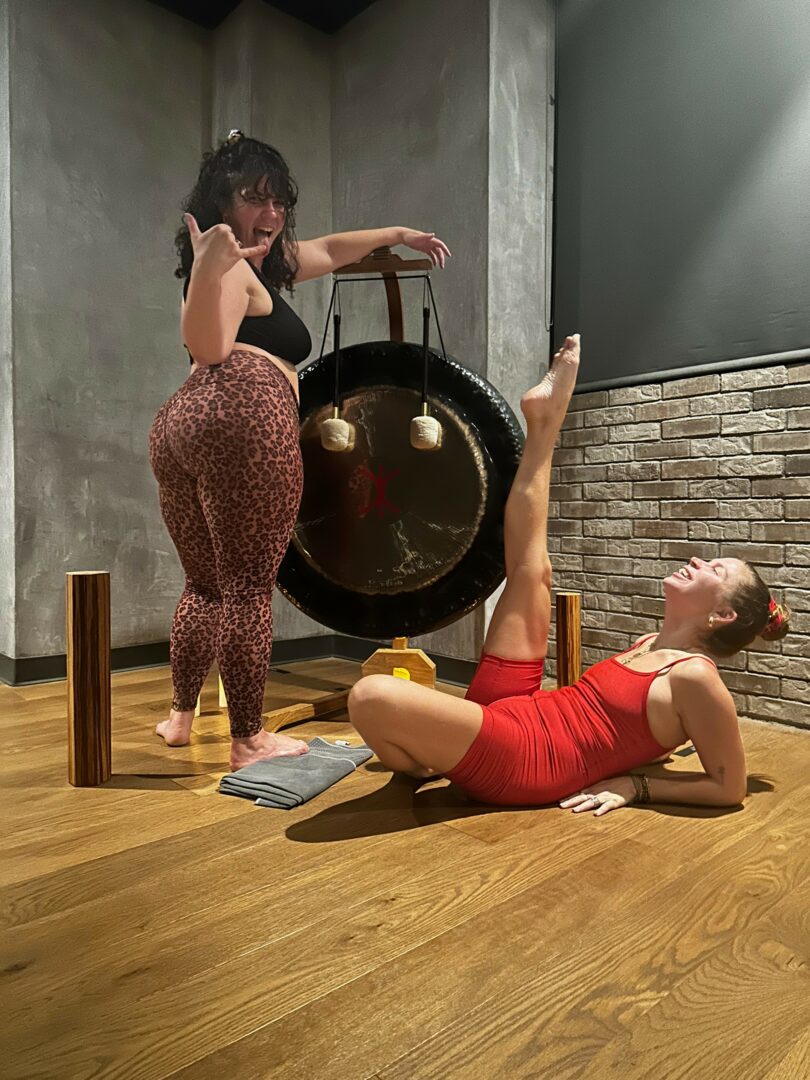
Looking back, what do you think were the three qualities, skills, or areas of knowledge that were most impactful in your journey? What advice do you have for folks who are early in their journey in terms of how they can best develop or improve on these?
Reflecting on my journey, I’ve realized three qualities that have shaped my life: education, resilience, and radical compassion. For anyone embarking on a new journey or career, I encourage you to prioritize education. Cultivate a thirst for knowledge and seek out diverse perspectives. I can’t tell you how many times I auditioned to teach yoga and never received employer feedback. However, the more I immersed myself in learning and understanding Yoga and Reiki, the stronger my resilience grew. When you genuinely know your craft, rejection transforms into fuel—to reapply, recommit, and refine your path.
Every day, I research or experiment with new Yoga techniques. This constant curiosity strengthens my resilience. It builds confidence, helps me connect with others meaningfully, and, most importantly, allows me to embrace vulnerability and self-consciousness.
This is where radical compassion becomes a necessity. To fully show up for others, I must allow myself to feel deeply and authentically express those feelings. Being vulnerable can sometimes feel painful, but it’s the only way to express myself and connect with others in a way that truly represents me. To sustain my passion for teaching, I remind myself to show that same compassion inward. Loving my craft means loving the moments of discomfort, doubt, and growth they bring.
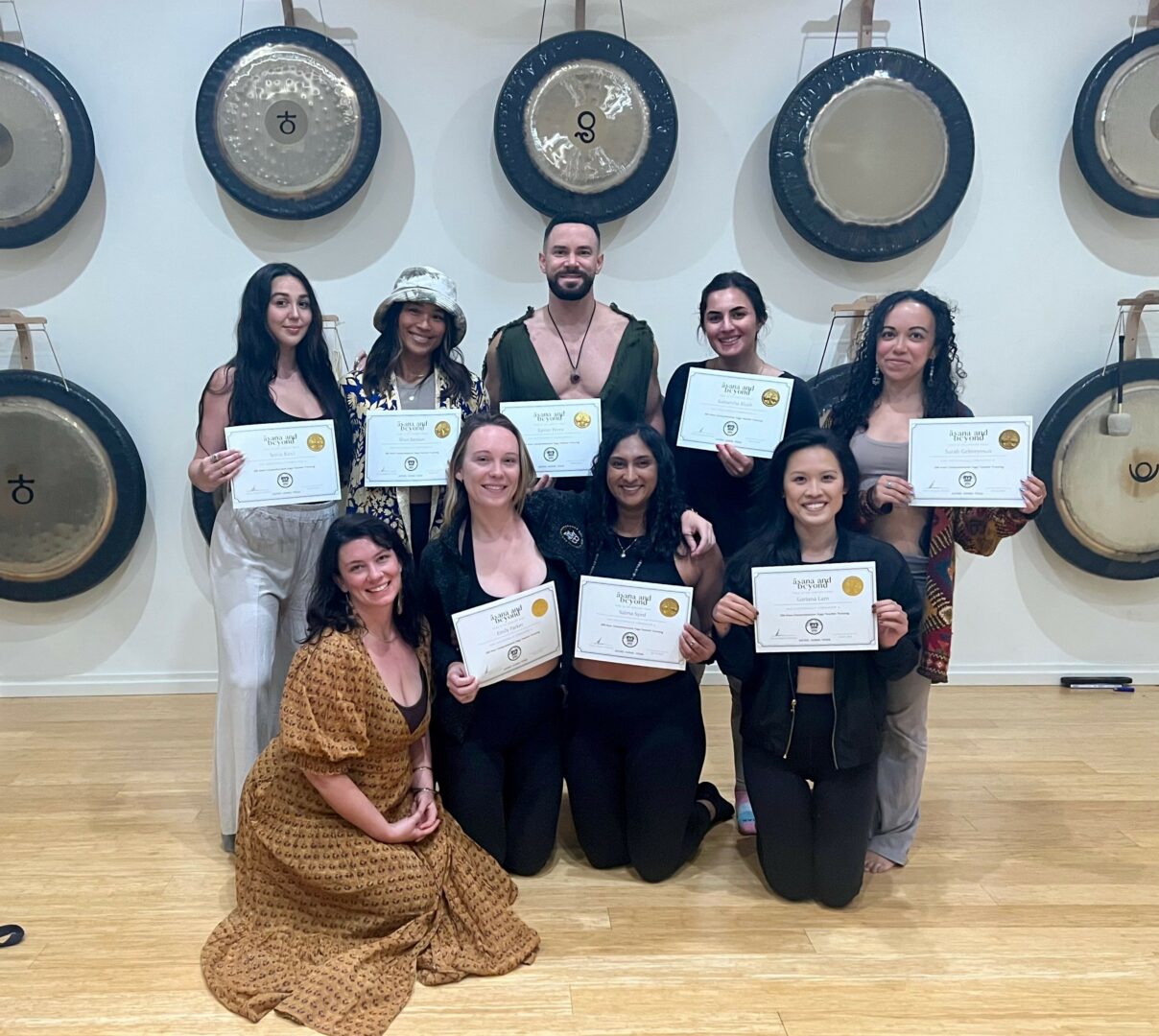
What has been your biggest area of growth or improvement in the past 12 months?
Financial awareness has been my most significant growth area over the past year. In the past, I avoided confronting debt, economic realities, and financial intelligence. I think, on some level, I told myself the lie that working with metaphysics meant I had to accept being poor for the rest of my life.
At the same time, I realized another part of me always believed spiritual happiness and financial success could coexist. If I hadn’t known that deep down, I wouldn’t have had the courage to apply for student loans to pursue a master’s degree in Yoga Studies. That decision was my subconscious acknowledgment that spiritual and financial abundance is not only possible but entirely aligned with my path.
So, I took action. I hired an accountant, analyzed my debt, started budgeting, and invested in tools to reduce debt and grow my business. I’ll admit, all that sounds easier than it actually was. But at the end of the day, I swallowed the pill of fear I had built around finances—and to my surprise, it turned into medicine.
Contact Info:
- Instagram: @thetribelayoga
- Linkedin: Shaun-Meghan McNally
- Other: TikTok: @thetribelayoga
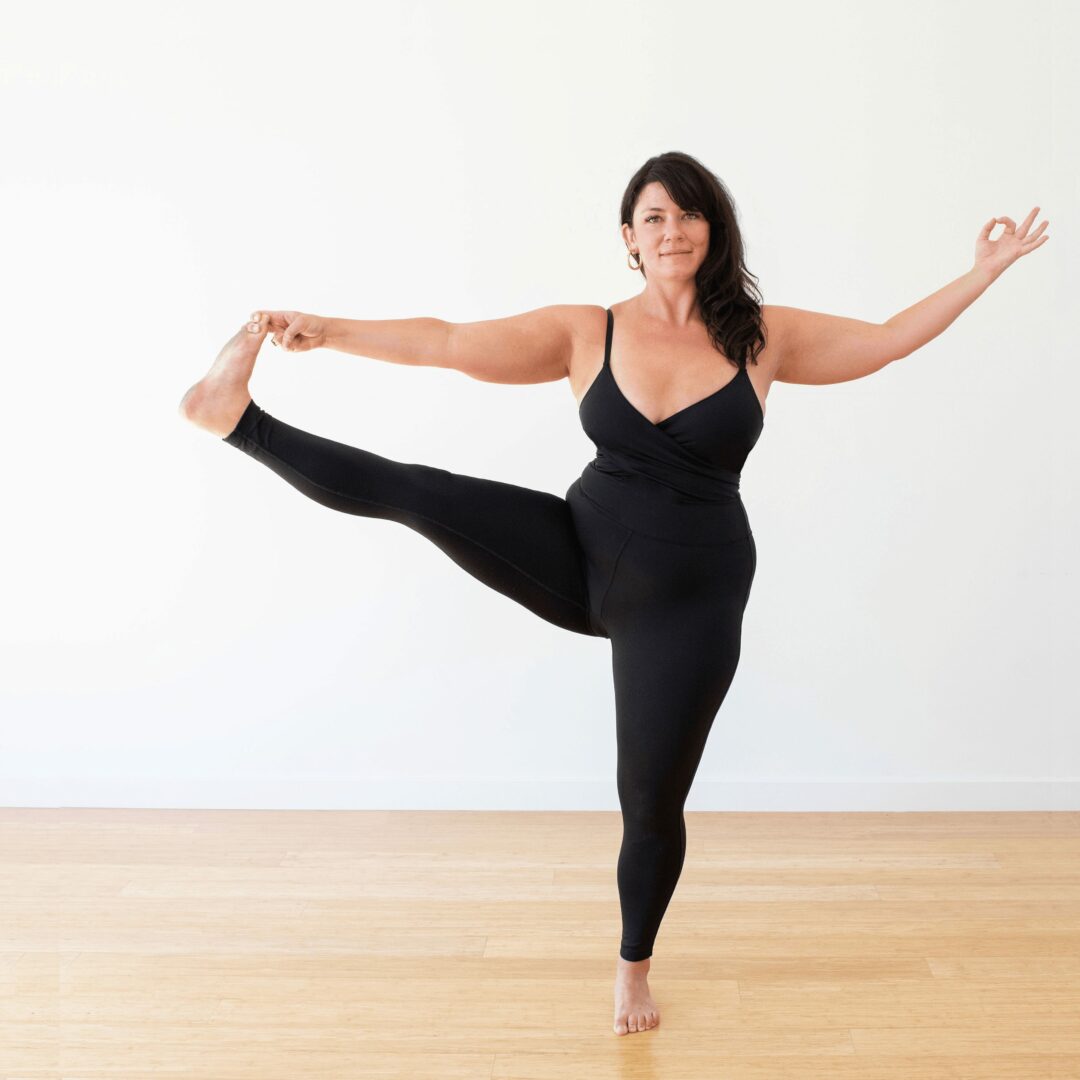
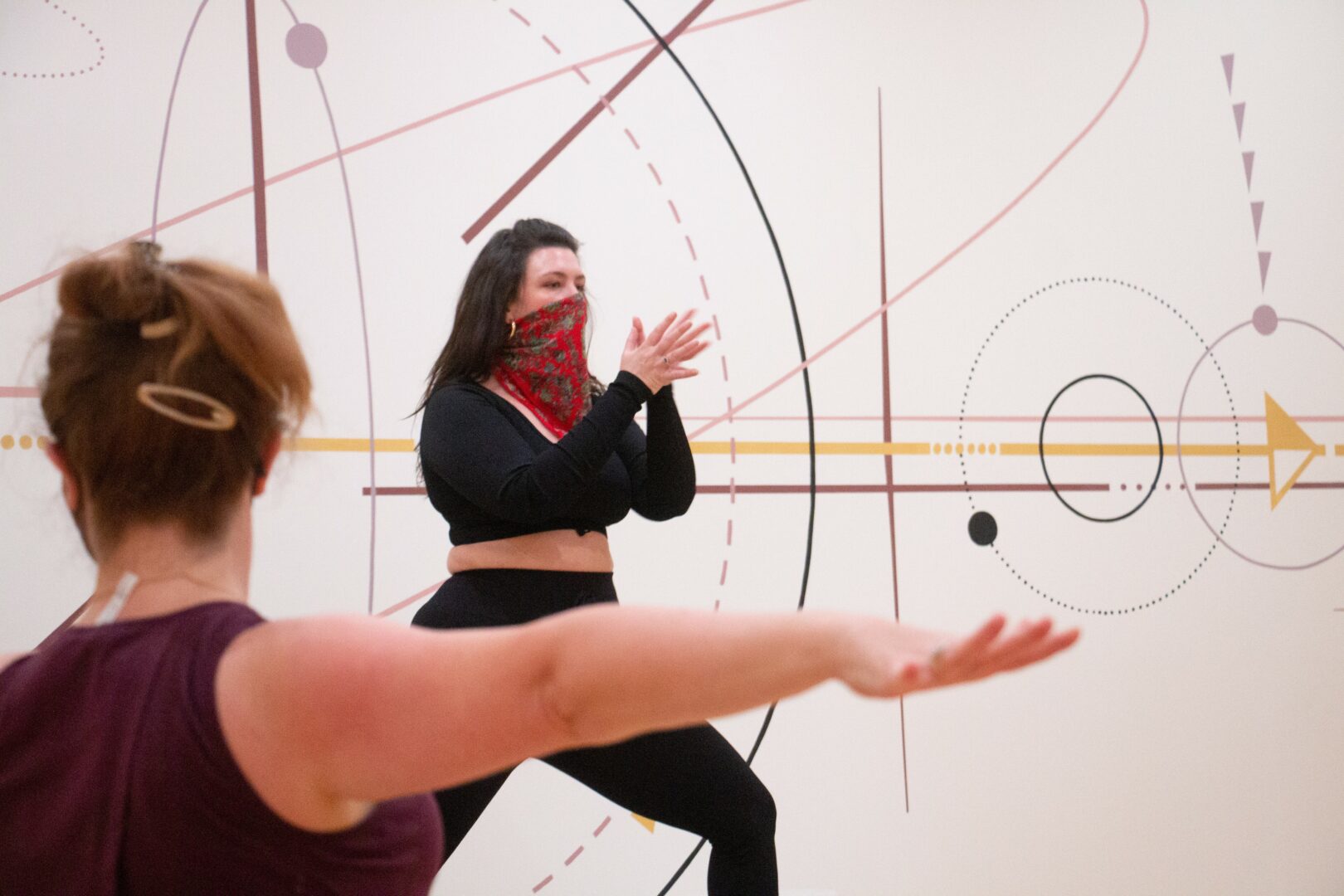
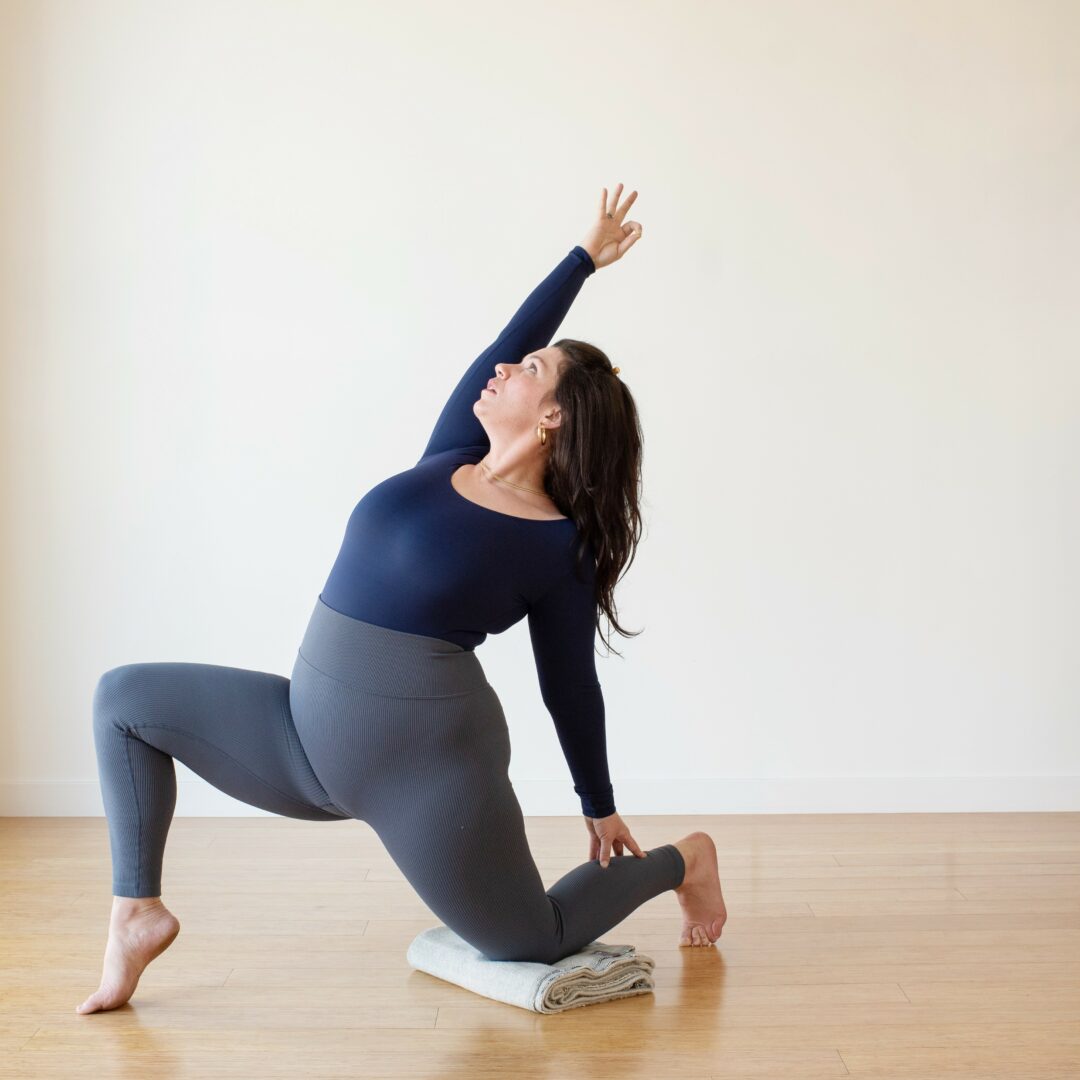
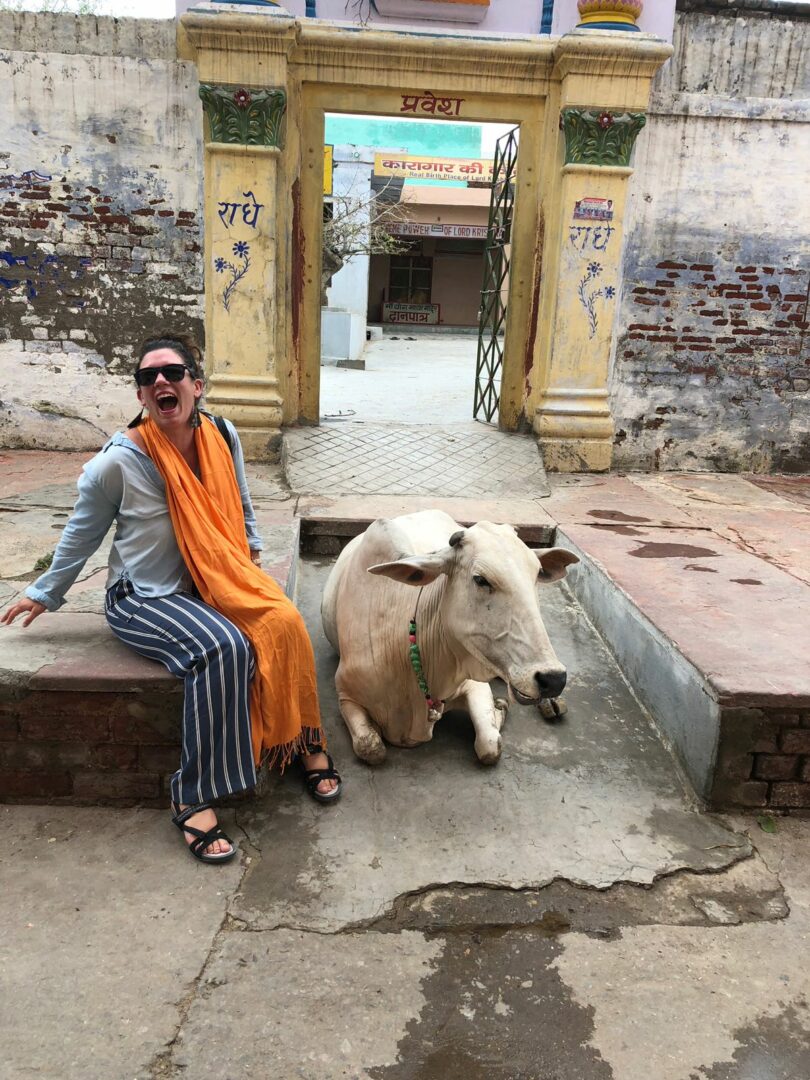
Image Credits
Emily Johnston @creativewellbeing photos: 3,4,5,6
Shaun McNally @thetribelayoga photos 1,2,6
so if you or someone you know deserves recognition please let us know here.

